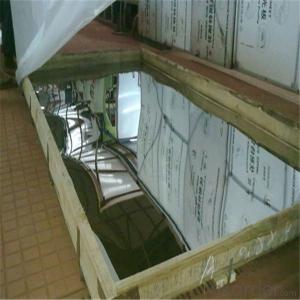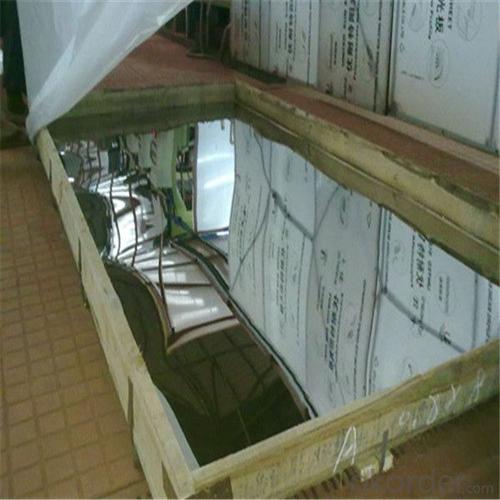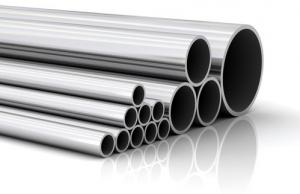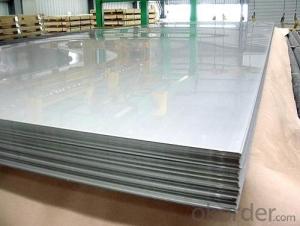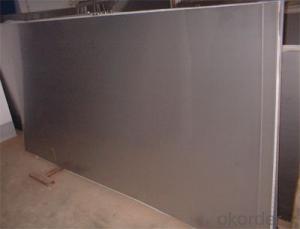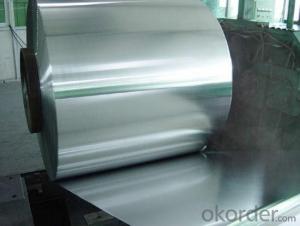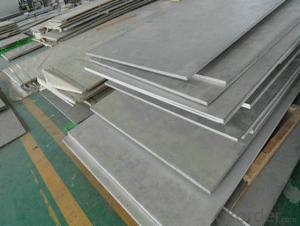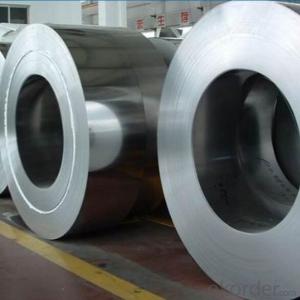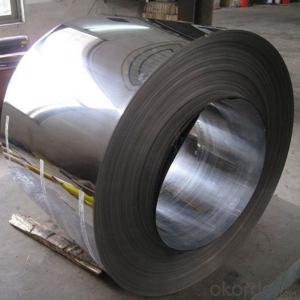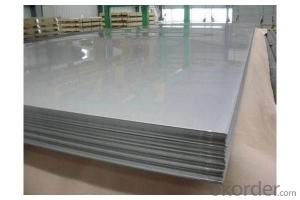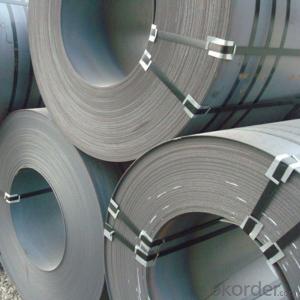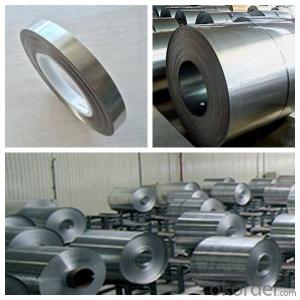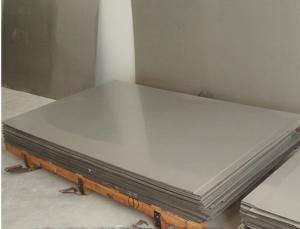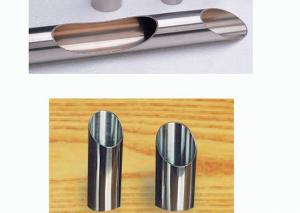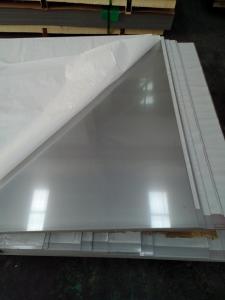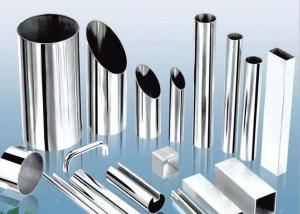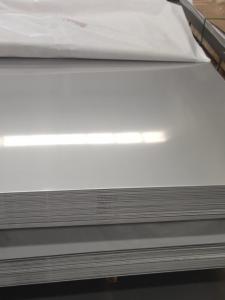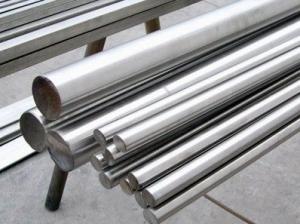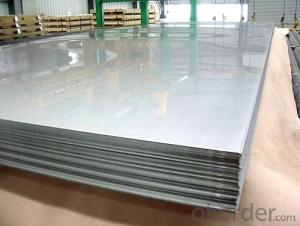Stainless Steel Dinner Plate Hot Sale in China
- Loading Port:
- Shanghai
- Payment Terms:
- TT OR LC
- Min Order Qty:
- 3 m.t.
- Supply Capability:
- 20000 m.t./month
OKorder Service Pledge
OKorder Financial Service
You Might Also Like
Specification
Product Description
Hot Sale Stainless Steel Dinner Plate
Material | Ferrite stainless steel, magnetic. |
Certification & Standard | SGS & AISI |
Grade | 410 430 |
Brand | BAOSTEEL&TISCO&JISCO |
Type | Cold Rolled |
Thickness | 0.12mm ~ 2.0mm (tolerances ±0.02 mm) |
Width | 150 mm ~1240 mm(tolerances ±0.02 mm) |
Length | As customers' requirements |
Surface Finish | NO.2B / NO.3 / NO.4 / HL / 8K / BA |
Market | Southeast Asia, Mid East, Africa, Eastern Asia, Western Europe ,etc. |
Delivery Time | 20 to 30 days upon receive of deposits |
The sizes or thickness of stainless steel coil can be customized, if you need additional information, please don't hesitate to contact us at anytime. | |
Chemical Compositon and Physical Property:
| Type | Chemical Composition (%) | |||||
| 410 | C | SI | Mn | S | P | Cr |
| 0.03 | 0.32 | 0.25 | 0.001 | 0.019 | 12.21 | |
LENGTH: 2000-3000mm, customized
WIDTH: 1000-1500mm, customized
THICKNESS: 0.3-20mm, customized
Certification: SGS, ISO
Lead time: 10-15 DAYS
Capacity: 2000 ton/month
Adevantage: we ensure the best quality and provid the best service, the most important is we give you the best price!!!
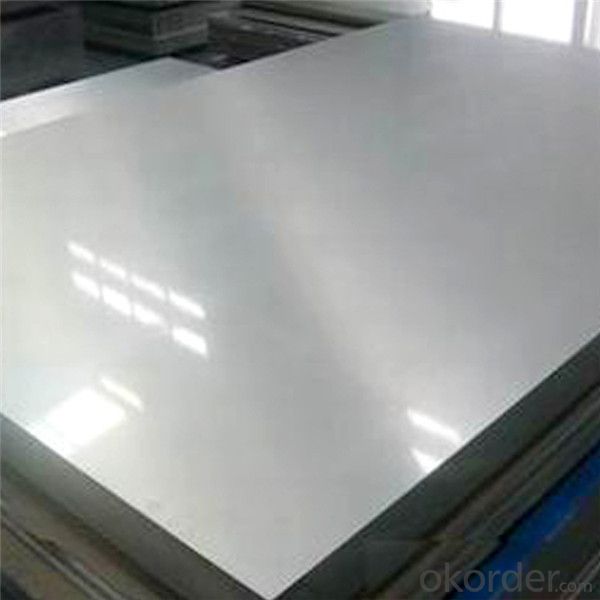
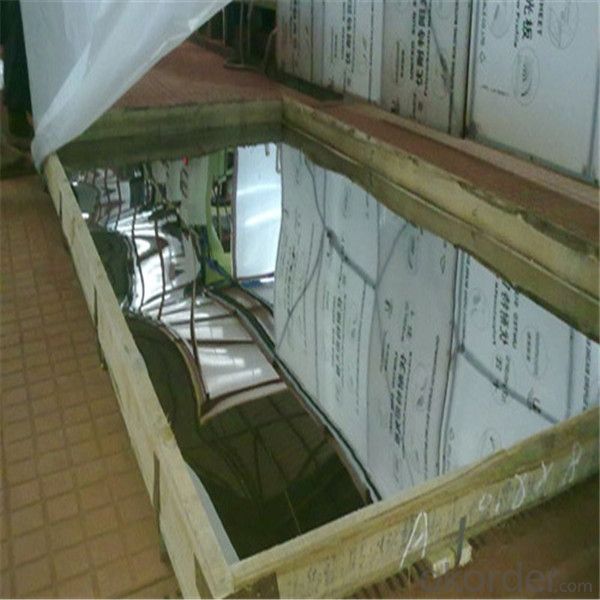
- Q: 304 why is stainless steel magnetic?
- 304 stainless steel after cold processing, the structure of the structure will also change to martensite, and the greater the deformation degree of cold work, the more martensite transformation, the greater the magnetism. Like a lot of stainless steel wire, made straight, no obvious induction, but it is bent into a rectangular or circular, and produce some magnetic for cold bending deformation is large, especially the angle of magnetic is more obvious.In order to eliminate the magnetism of the 304 stainless steel, the austenite structure can be recovered by high temperature treatment so as to eliminate magnetism.Special remind is, 304 magnetic stainless steel because it causes, and other materials such as stainless steel, carbon steel, magnetic 430 is not the same level, that is to say the magnetic stainless steel 304 is always weakly magnetic.
- Q: What is the difference between stainless steel sheets and plates?
- The main difference between stainless steel sheets and plates lies in their thickness. Stainless steel sheets are typically thinner and have a uniform thickness throughout, whereas stainless steel plates are thicker and have varying thicknesses depending on the specific application. Plates are commonly used for structural or heavy-duty purposes, while sheets are more commonly used for decorative or lightweight applications.
- Q: What are the different types of stainless steel sheet perforations available?
- There are several different types of stainless steel sheet perforations available, each with its own unique characteristics and applications. Some of the most common types include: 1. Round hole perforations: These are the most basic and widely used type of perforations. They are simple round holes evenly spaced across the sheet, providing good airflow and visibility. 2. Square hole perforations: Similar to round hole perforations, square holes offer a different aesthetic and can also be used for ventilation or decorative purposes. 3. Slotted perforations: Slotted holes are elongated and provide a larger open area compared to round or square holes. They are often used for drainage or filtering applications. 4. Hexagonal hole perforations: Hexagonal holes offer a unique pattern and are commonly used for architectural or decorative applications. They can also provide good airflow and visibility. 5. Decorative perforations: These types of perforations come in various shapes and designs, including floral, geometric, or abstract patterns. They are typically used for decorative purposes in applications such as building facades or interior design. 6. Micro-perforations: These are very small holes, typically less than 1mm in diameter. Micro-perforated sheets are used in applications where high precision and fine filtration are required, such as speaker grills or air diffusers. It's important to consider the specific requirements of your application when choosing the type of perforation. Factors such as open area, strength, visibility, and aesthetics should all be taken into account to ensure the best perforation choice for your specific needs.
- Q: What are the different types of stainless steel sheet finishes for medical applications?
- Medical applications commonly utilize various types of stainless steel sheet finishes, each designed to possess specific qualities and characteristics necessary for such environments. A prevalent finish is the 2B finish, acquired through a cold-rolling process, which yields a smooth, reflective surface. This finish is frequently employed in medical instruments and equipment due to its ease of cleaning and high resistance to corrosion. Additionally, the No. 4 finish, also referred to as a satin finish, is widely used in medical cabinets and surfaces. This finish showcases a brushed appearance and offers a favorable combination of aesthetics and functionality. It boasts easy cleaning capabilities and reliable corrosion resistance. For more specialized applications, options like the No. 8 mirror finish are available. This finish exhibits a highly reflective surface and often finds application in surgical instruments and other high-end medical equipment. It not only presents a visually appealing surface but also demonstrates excellent corrosion resistance. Furthermore, alternative finishes, such as the bead blast finish, contribute to the medical equipment industry. This finish imparts a matte surface with a textured appearance, ideal for medical equipment requiring a non-reflective surface. Ultimately, the selection of a stainless steel sheet finish for medical applications depends on the specific requirements of the equipment or surface. Each finish possesses distinct advantages and characteristics, necessitating careful consideration to ensure optimal performance and longevity in a medical environment.
- Q: Are stainless steel sheets resistant to pitting corrosion?
- Stainless steel sheets possess resistance against pitting corrosion. Pitting corrosion is a localized type of corrosion that occurs in specific regions, causing small pits or holes to form on the surface of the metal. Stainless steel sheets are manufactured with a significant amount of chromium, which generates a passive oxide layer on the surface, thus providing exceptional corrosion resistance. This oxide layer functions as a protective barrier, safeguarding the metal against pitting corrosion. Moreover, stainless steel comprises additional alloying elements like nickel and molybdenum, which further augment its resistance to pitting corrosion. Consequently, stainless steel sheets exhibit a high level of resistance to pitting corrosion and are extensively used in industries where corrosion resistance is of utmost importance, such as construction, automotive, and food processing.
- Q: Are stainless steel sheets resistant to scaling?
- Yes, stainless steel sheets are resistant to scaling. Scaling refers to the formation of oxide layers on the surface of a material when exposed to high temperatures. Stainless steel contains a high percentage of chromium, which forms a protective layer of chromium oxide on the surface when exposed to oxygen. This oxide layer acts as a barrier and prevents further oxidation or scaling of the stainless steel. Additionally, the presence of other alloying elements such as nickel and molybdenum further enhances the resistance of stainless steel sheets to scaling. Therefore, stainless steel sheets are highly resistant to scaling, making them suitable for applications in high-temperature environments.
- Q: What is called anti fingerprint stainless steel sheet?
- Is the surface sealing oil slightly. After sealing the oil, the surface is covered with a thin layer of ink, and the fingerprints are not easy to stick on. So also called anti fingerprint stainless steel.
- Q: Can stainless steel sheets be used for medical instruments?
- Yes, stainless steel sheets can be used for medical instruments. Stainless steel is a common material choice in the medical industry due to its excellent corrosion resistance, durability, and ease of sterilization. It is widely used in various medical instruments such as surgical tools, implants, and equipment due to its hygienic properties and ability to withstand harsh cleaning and sterilization processes.
- Q: Can stainless steel sheets be used in the automotive industry?
- Indeed, the automotive industry does have the capability to employ stainless steel sheets. Owing to their remarkable strength, durability, and resistance to corrosion, stainless steel is frequently utilized in the assembly of automotive components. Exhaust systems, fuel tanks, bumpers, and trim are common examples of parts that are often crafted from this material. The utilization of stainless steel sheets grants manufacturers a great deal of flexibility in terms of design options, enabling them to fashion intricate forms and structures. Furthermore, due to its aesthetic appeal and ease of upkeep, stainless steel remains a favored choice in the automotive industry.
- Q: What are the different types of embossed finishes available for stainless steel sheets?
- There are several different types of embossed finishes available for stainless steel sheets. Some of the most common ones include: 1. Diamond pattern: This is one of the most popular embossed finishes for stainless steel sheets. It features a raised diamond pattern that adds a decorative touch to the surface. 2. Linen pattern: The linen embossed finish creates a textured surface that resembles the look and feel of linen fabric. It adds depth and visual interest to the stainless steel sheet. 3. Leather pattern: The leather embossed finish is designed to mimic the look of genuine leather. It creates a textured surface that adds a unique and stylish touch to the stainless steel sheet. 4. Bead pattern: The bead embossed finish features a raised, rounded pattern that resembles beads. This finish adds a subtle decorative element to the stainless steel sheet. 5. Checker pattern: The checker embossed finish consists of raised squares or rectangles arranged in a checkerboard pattern. This finish adds a modern and stylish look to the stainless steel sheet. 6. Hammered pattern: The hammered embossed finish creates a textured surface that resembles the marks left by a hammer. It adds a rustic and handcrafted aesthetic to the stainless steel sheet. These are just a few examples of the different types of embossed finishes available for stainless steel sheets. Each finish offers a unique look and texture, allowing you to choose the one that best suits your design preferences and application requirements.
Send your message to us
Stainless Steel Dinner Plate Hot Sale in China
- Loading Port:
- Shanghai
- Payment Terms:
- TT OR LC
- Min Order Qty:
- 3 m.t.
- Supply Capability:
- 20000 m.t./month
OKorder Service Pledge
OKorder Financial Service
Similar products
Hot products
Hot Searches
Related keywords
